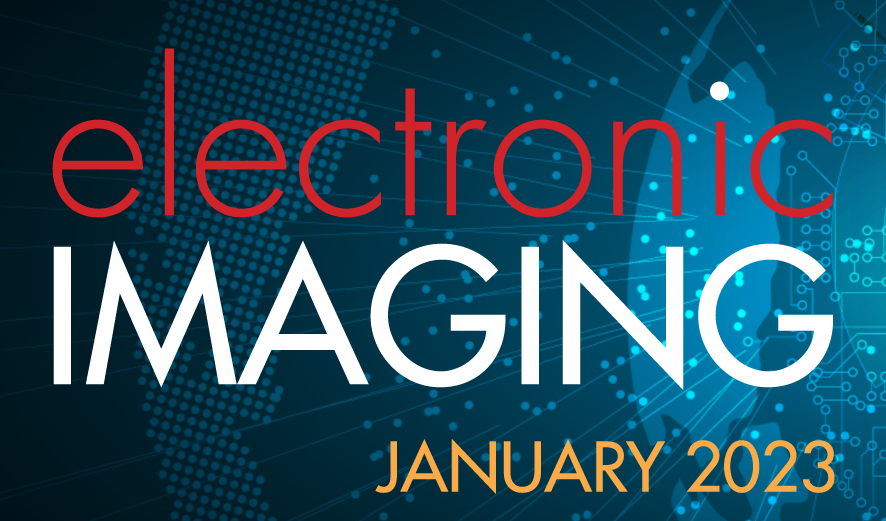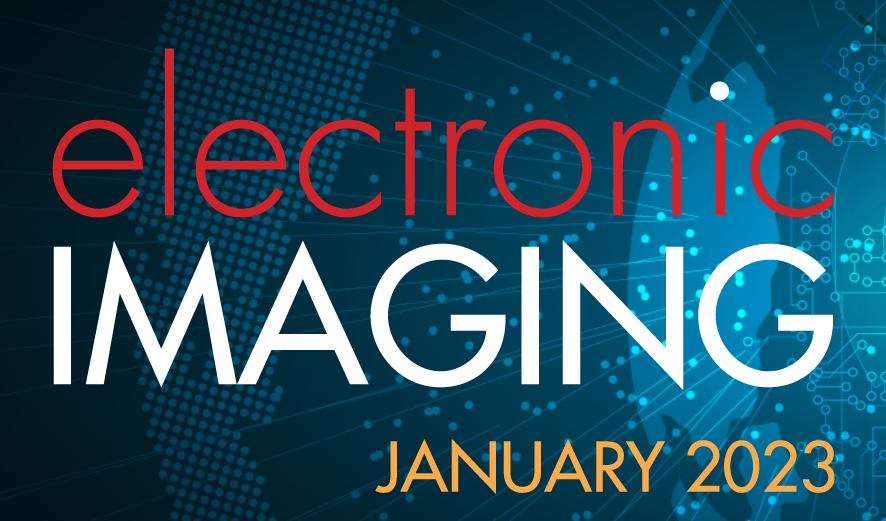
Color imaging has historically been treated as a phenomenon sufficiently described by three independent parameters. Recent advances in computational resources and in the understanding of the human aspects are leading to new approaches that extend the purely metrological view of color towards a perceptual approach describing the appearance of objects, documents and displays. Part of this perceptual view is the incorporation of spatial aspects, adaptive color processing based on image content, and the automation of color tasks, to name a few. This dynamic nature applies to all output modalities, including hardcopy devices, but to an even larger extent to soft-copy displays with their even larger options of dynamic processing. Spatially adaptive gamut and tone mapping, dynamic contrast, and color management continue to support the unprecedented development of display hardware covering everything from mobile displays to standard monitors, and all the way to large size screens and emerging technologies. The scope of inquiry is also broadened by the desire to match not only color, but complete appearance perceived by the user. This conference provides an opportunity to present, to interact, and to learn about the most recent developments in color imaging and material appearance researches, technologies and applications. Focus of the conference is on color basic research and testing, color image input, dynamic color image output and rendering, color image automation, emphasizing color in context and color in images, and reproduction of images across local and remote devices. The conference covers also software, media, and systems related to color and material appearance. Special attention is given to applications and requirements created by and for multidisciplinary fields involving color and/or vision.

This conference on computer image analysis in the study of art presents leading research in the application of image analysis, computer vision, and pattern recognition to problems of interest to art historians, curators and conservators. A number of recent questions and controversies have highlighted the value of rigorous image analysis in the service of the analysis of art, particularly painting. Consider these examples: the fractal image analysis for the authentication of drip paintings possibly by Jackson Pollock; sophisticated perspective, shading and form analysis to address claims that early Renaissance masters such as Jan van Eyck or Baroque masters such as Georges de la Tour traced optically projected images; automatic multi-scale analysis of brushstrokes for the attribution of portraits within a painting by Perugino; and multi-spectral, x-ray and infra-red scanning and image analysis of the Mona Lisa to reveal the painting techniques of Leonardo. The value of image analysis to these and other questions strongly suggests that current and future computer methods will play an ever larger role in the scholarship of visual arts.

Color imaging has historically been treated as a phenomenon sufficiently described by three independent parameters. Recent advances in computational resources and in the understanding of the human aspects are leading to new approaches that extend the purely metrological view of color towards a perceptual approach in documents and displays. Part of this perceptual view is the incorporation of spatial aspects, adaptive color processing based on image content, and the automation of color tasks, to name a few. This dynamic nature applies to all output modalities, including hardcopy devices, but to an even larger extent to soft-copy displays with their even larger options of dynamic processing. Spatially adaptive gamut and tone mapping, dynamic contrast, and color management continue to support the unprecedented development of display hardware covering everything from mobile displays to standard monitors, and all the way to large size screens and emerging technologies. This conference provides an opportunity to present, to interact, and to learn about the most recent developments in color imaging researches, technologies and applications. Focus of the conference is on color basic research and testing, color image input, dynamic color image output and rendering, color image automation, emphasizing color in context and color in images, and reproduction of images across local and remote devices. The conference covers also software, media, and systems related to color. Special attention is given to applications and requirements created by and for multidisciplinary fields involving color and/or vision.

